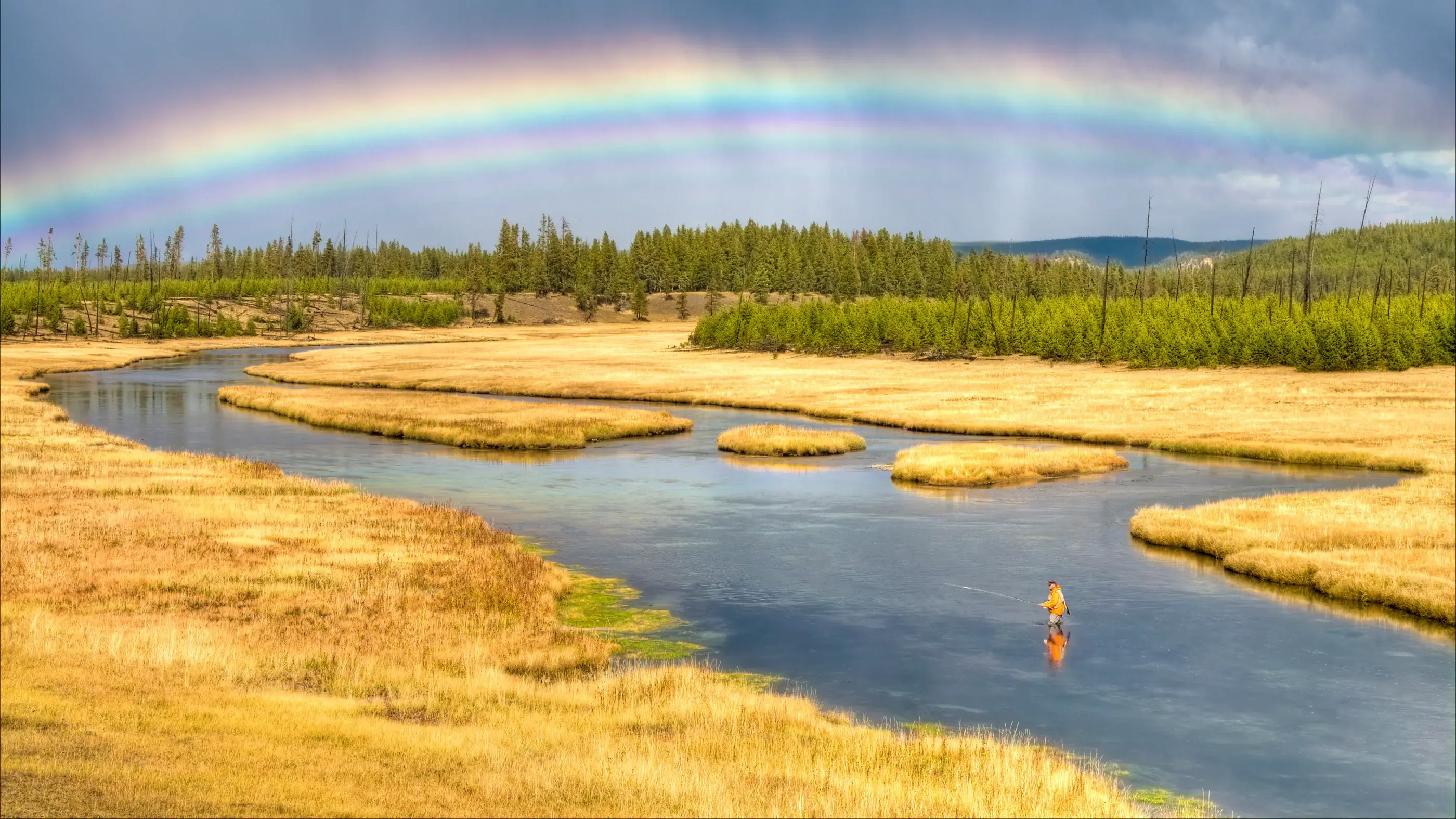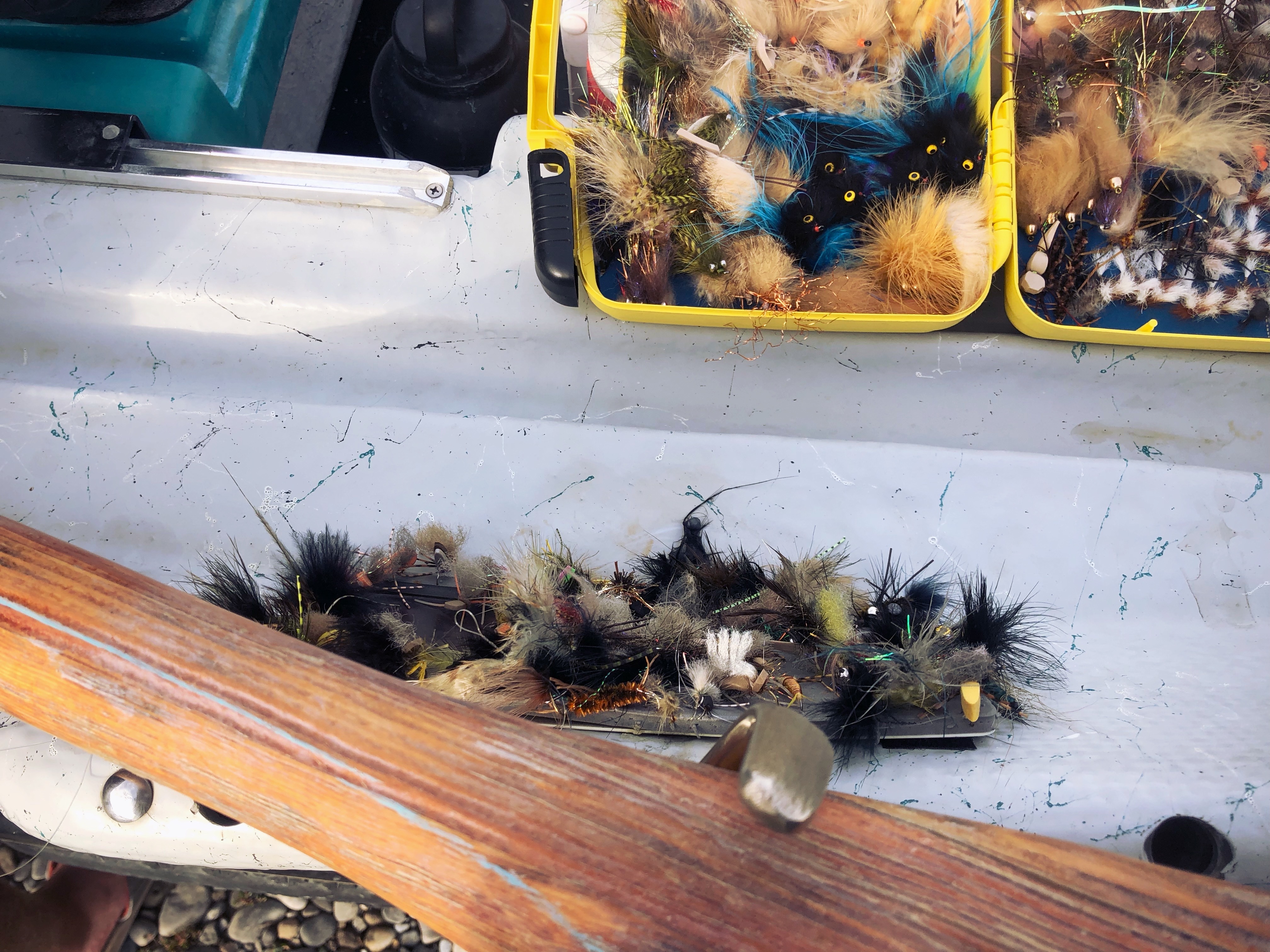A Flawed Casting Stroke: Is Your Rod To Blame?

A Flawed Casting Stroke: Is Your Rod To Blame?
As a casting instructor, I’ve been privileged to witness and analyze pretty much every kind of fly casting flaw imaginable. Those flaws most in need of correction are typically self-induced, for a variety of reasons. But not every one. Not entirely, anyway. While each of us must accept responsibility for the shape of our own casting strokes, our rods can play a harmful role. Here’s a particular flaw not always of our own making: a casting stroke which is too long for the length of line being cast.
It may be hard to visualize what that means. Think of it this way: Have you ever made a cast that ended with a really wide loop? How about one where your line and leader failed to turn over and straighten out, especially when trying to summon an extra few feet of distance? When casting into a breeze, have your leader and fly ever been blown back at you? Answering yes to any of these questions means you’ve experienced the consequences of a casting stroke which is too long for the length of line being cast.
The rule of thumb for stroke length is this: short line, short stroke. Longer line, longer stroke. Exactly how short or long depends on your individual physical makeup. But you’ll always know what’s right if you understand the clues your line provides. A stroke of the correct length (along with proper acceleration) straightens out your line perfectly, always with a tight loop. A stroke that’s too long results in the problems mentioned above. A stroke that’s too short causes the loop to crash-land before it can straighten out.
No one I know sets out to intentionally use a stroke which is too long. So it’s only natural to ask, why does it happen? There are several reasons. It can happen to beginning and intermediate casters when their strokes contain other fundamental flaws. It can happen to every level of caster when they tire. A third reason–the most insidious, by far–is because your rod encourages it.
Every cast requires a certain amount of energy. While that energy originates with the caster, the rod contributes by storing and returning to the cast a portion of the energy imparted to it. (When a rod bends, it stores energy. When it straightens, that stored energy is released.) Rods that resist bending–think of today’s typical fast-action rods–require a quicker, more powerful stroke in order to cast them.
If a fly rod taxes our strength and quickness, our fundamentals tend to quickly erode. Typically, our stroke gets too long as we try to impart the necessary work. Sometimes our wrist bends too much. Often, it’s a combination of both of these. The bottom line is a stroke which is too long will often fail, with all its attendant problems. This is an extremely common problem for saltwater anglers, as they struggle to make their rods load. But freshwater fishermen experience the same thing–even with fly lines as light as five-weights–if their rods are overly stiff. It’s especially noticeable after a full day’s fishing.
I’m not suggesting that fast-action rods are inherently bad. Stiffness is relative. Owing to physical differences among us, a rod that’s too stiff for one person might, in the hands of another, be made to work just fine. But even for the strongest of casters, many modern rods push hard the boundaries of acceptable stiffness. Too hard, in my estimation. They encourage the development of casting flaws.
None of us need that.
When you’re considering purchasing a new rod, caveat emptor (“let the buyer beware”). After all, your casting stroke is a valuable asset. Train it well. Treat it well. And make sure your fly rod does the same.
John Juracek is a fly fisherman, writer and photographer from West Yellowstone, Montana. For twenty-some years he was a partner at Blue Ribbon Flies, a local fly shop, and is currently the head casting instructor at the School of Trout and Anglers Academy. His writing credits include Yellowstone: Photographs of an Angling Landscape, Fly Patterns of Yellowstone, Fishing Yellowstone Hatches and Fly Patterns of Yellowstone, Volume Two.
He is considered one of the sport’s expert fly casters and instructors and offers casting lessons for $100/hour at jjuracek@gmail.com or (406) 640-2828.
.svg)








